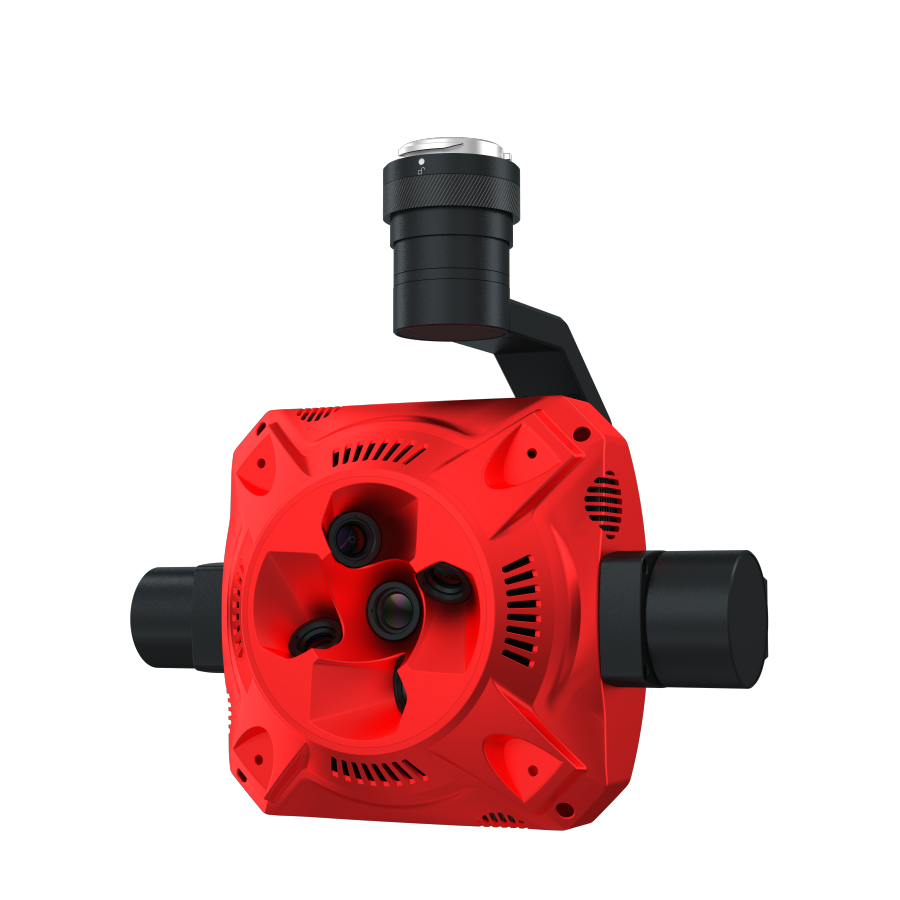Autonomous Decision Making
A capability in AI systems that allows robots or drones to make decisions without human input, based on real-time data and predefined rules.
Autonomous Decision Making is a significant area of AI that shapes how machines operate independently, particularly in robotics and drone technology. By grasping terms like Autonomous Decision Making, one can appreciate not only the advancements in technology but also the implications for various industries and daily life.
What is Autonomous Decision Making?
Autonomous Decision Making refers to a capability in AI systems that allows robots or drones to make decisions independently, without requiring human input. This process is driven by the analysis of real-time data and guided by predefined rules or algorithms. In simpler terms, these systems can observe, interpret, and respond to their environments effectively, enabling them to perform tasks ranging from simple navigation to complex problem-solving without ongoing human oversight.
Key Concepts:
Real-Time Data Processing: The ability of AI systems to analyze and react to data instantly as it becomes available, allowing for immediate decision-making.
Predefined Rules: The set of guidelines or algorithms programmed into the AI system that dictate how it should respond to various situations or stimuli.
Learning and Adaptation: The capability of AI systems to improve their decision-making processes over time, often through machine learning techniques that refine their algorithms based on past experiences.
Autonomy Levels: Different tiers of operational independence, ranging from basic automation (where human input is still required) to full autonomy (where no human interaction is necessary).
Applications and Relevance: Autonomous Decision Making has numerous practical applications across various sectors:
Autonomous Vehicles: Self-driving cars use this capability to navigate roads, avoid obstacles, and make driving decisions without human intervention.
Drones for Delivery: Unmanned aerial vehicles (UAVs) can deliver packages by calculating the best routes and avoiding hazards autonomously.
Industrial Robotics: Robots in manufacturing can make real-time adjustments to their tasks, optimizing efficiency without needing constant human oversight.
Search and Rescue Operations: Drones equipped with Autonomous Decision Making can explore hazardous areas, assisting in locating people or assessing situations in disaster zones.
Challenges and Considerations: Despite its advantages, Autonomous Decision Making comes with challenges:
Safety and Reliability: Ensuring that AI systems make correct decisions consistently, particularly in life-or-death situations, is a significant concern that requires rigorous testing.
Ethical Implications: The potential for AI systems to make biased or harmful decisions raises questions about accountability and governance.
Complex Environments: Autonomous systems may struggle in unpredictable environments where the predefined rules do not cover all eventualities.
Data Privacy: Collecting and processing real-time data can pose risks to user privacy and data security.
Future Trends and Innovations: The landscape of Autonomous Decision Making is rapidly evolving with emerging trends:
Enhanced Neural Networks: Improvements in AI architectures will allow for more sophisticated decision-making processes and a deeper understanding of complex scenarios.
Collaborative AI: Systems that can communicate and collaborate with other AI entities or humans will enhance decision-making efficiency and effectiveness.
Ethical AI Development: Ongoing dialogues about ethics in AI will lead to safer, more accountable systems built with consideration for human values.
Regulatory Frameworks: Development of policies and guidelines governing the use and limitations of autonomous systems will be essential to safeguard public interests.
Autonomous Decision Making stands at the forefront of AI advancement, with the potential to transform industries and everyday life. Understanding this concept not only sheds light on current technological capabilities but also points to future developments and challenges that need to be addressed. The continued exploration of Autonomous Decision Making will play a crucial role in both enhancing operational efficiency and ensuring that these technologies align with societal needs and values.














